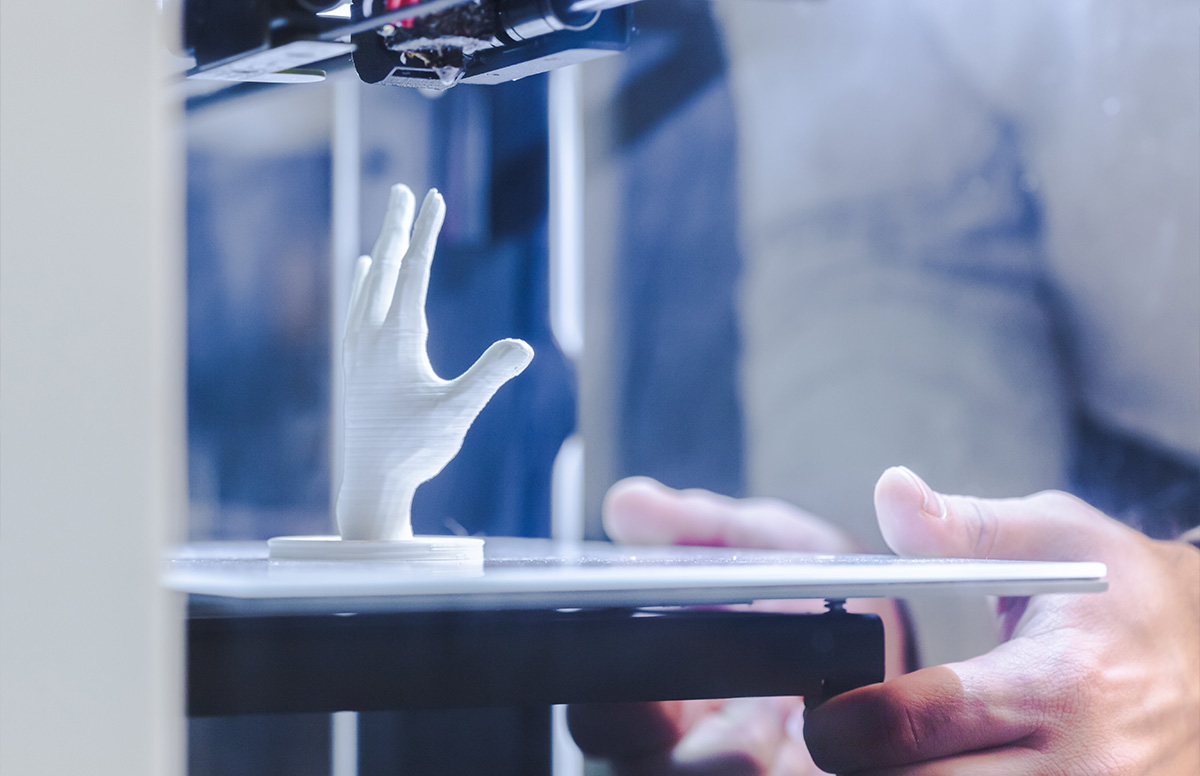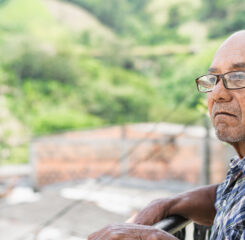Geriatrics engineering, an emerging specialty that takes an engineering systems design approach to human aging, is a driver of a new initiative at Johns Hopkins University’s Human Aging Project (HAP). The latter, based in a 10,000 square foot hub at Bayview Medical Center in Baltimore, is the first of its kind in the United States and celebrates its grand opening on Nov. 19, 2025. There, teams of academics, students, doctors, nurses, engineers, and older adults collaborate on various projects. All of the initiatives undertaken at the HAP share a core purpose: to advance healthy aging research that, in turn, will meet the needs of America’s aging population.
Johns Hopkins Artificial Intelligence & Technology Collaboratory (AITC) for Aging Research is housed at the HAP and is innovating to create affordable, easy-to-use technologies that enable older adults to stay independent at home for longer. Projects at AITC include pilots on a variety of tools, from virtual reality glasses that enable armchair tourism, to motion sensors that capture critical data used to detect factors that could impair an older adult’s balance and increase the risk of falls. The latter is used in a study being conducted by a former LeadingAge Annual Meeting panelist, Rama Chellappa, Bloomberg Distinguished Professor in electrical and computer engineering and former interim director of the Data Science and AI Institute. (See CAST Vice President Scott Code’s recent take on how industry-research partnerships have created invaluable innovations for older adults over the years.)
Also included in the AITC work is a model apartment, which will be the future site of new product testing: older adults and their caregivers will visit the model apartment to try out and provide feedback on the wearable trackers, robotic assistants, and voice-activated systems. Explaining the apartment’s purpose, Peter Abadir, AITC codirector, expresses an oft-heard sentiment for CAST and LeadingAge members: “So much technology currently on the market is developed by testing it on young people, then reverse-engineered for older adults, and it’s developed in a sterile, studio-like setting,” he says in the latest issue of Johns Hopkins Engineering Magazine. “We’re bringing engineers from the Homewood campus together with clinicians in East Baltimore to work shoulder by shoulder, quite literally, to design and validate technology that will help older adults live independently for longer, and with dignity.”
These AI-powered tools give care teams a strong prevention tool: the ability to catch and treat health issues early, when they are more easily treated. Real-time monitoring, with the ability to see health data each day or each minute, enables providers to more easily detect emerging physical and mental challenges.
For example, Sovrinti: Data for Daily Living uses real-time location and light, temperature, and movement sensors to understand an older adult’s activity. It can track things like a person’s use of kitchen cabinets and appliances, as well as activity within a living space. By highlighting differences in daily movement and behaviors, care teams can identify indicators of health changes that may otherwise have gone unnoticed. Likewise, interventions that closely follow an older adult’s speech patterns, like intonation and cadence, can bring to light signs of depression. On the horizon are devices that record speech daily, to surface mental health changes.
Devices tapping adaptive dialogue are being used to engage older adults. With these new tools, questions and responses meant to foster engagement move off a script and become more interactive, with the AI-powered system responding dynamically to an older adult’s answers and then suggesting healthy activities. Other personalized innovations include voice-activated reminders that are customized to sound like family members, as well as robots that help with personal care tasks.
Another project aims to improve older adults’ health by ensuring they receive deep sleep. The InWave headset—developed through the Gerotech Incubator Program at the hub, which unites Johns Hopkins faculty members with students and trainees in engineering, medicine, nursing, and business—monitors brain activity then sends data to AI, which metes out a customized pattern of sleep-inducing sounds.
These innovations show that coming technologies can help older adults and their caregivers rest easy. “We aren’t just building gadgets. We’re creating scalable solutions to meet older adults where they are—in their homes, or senior centers, or their doctor’s office,” Abadir, AITC codirector, explains.

 Shutdown Week Three: Impact of Ongoing Closure on Affordable Housing
Shutdown Week Three: Impact of Ongoing Closure on Affordable Housing CMS Issues Final Home Health VBP Annual Reports
CMS Issues Final Home Health VBP Annual Reports


